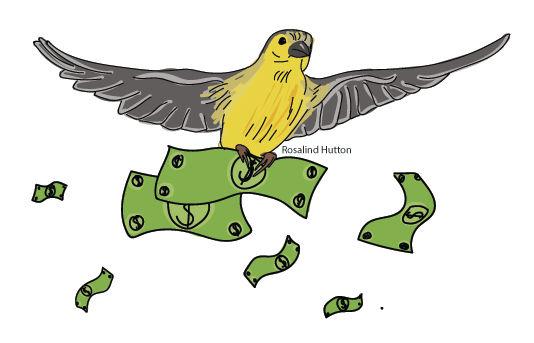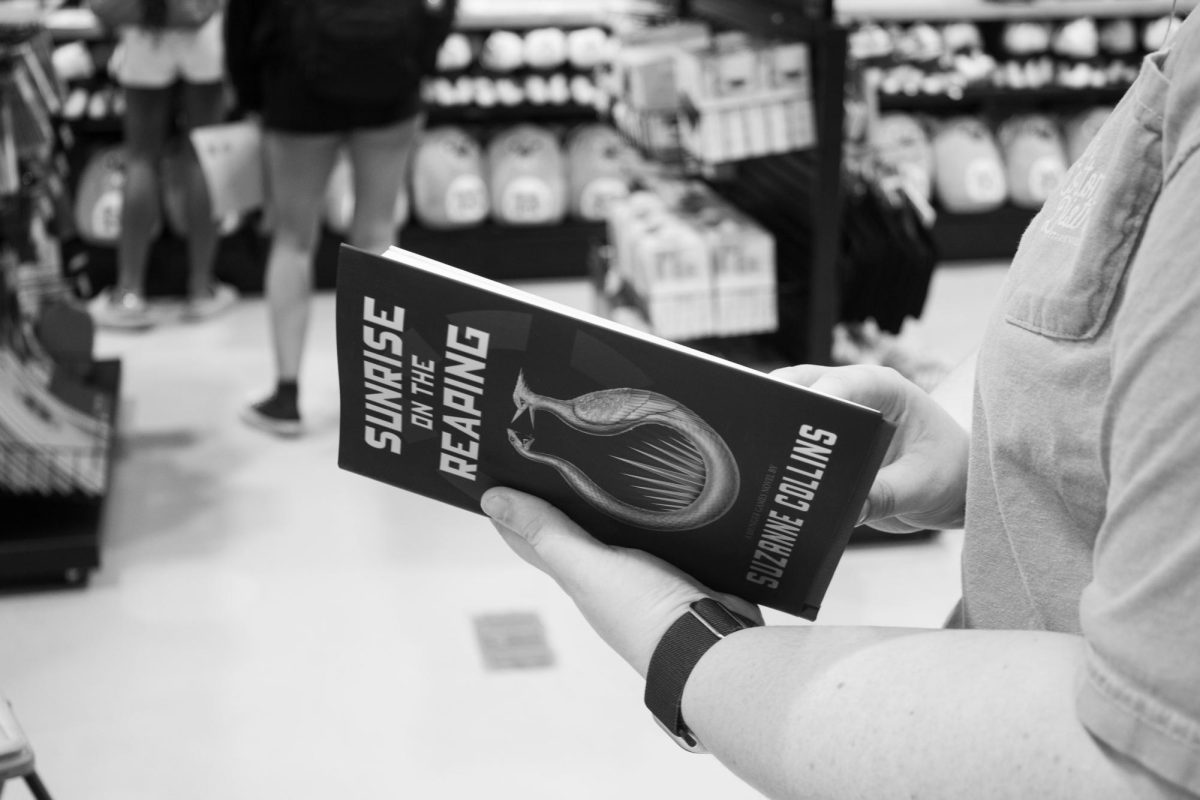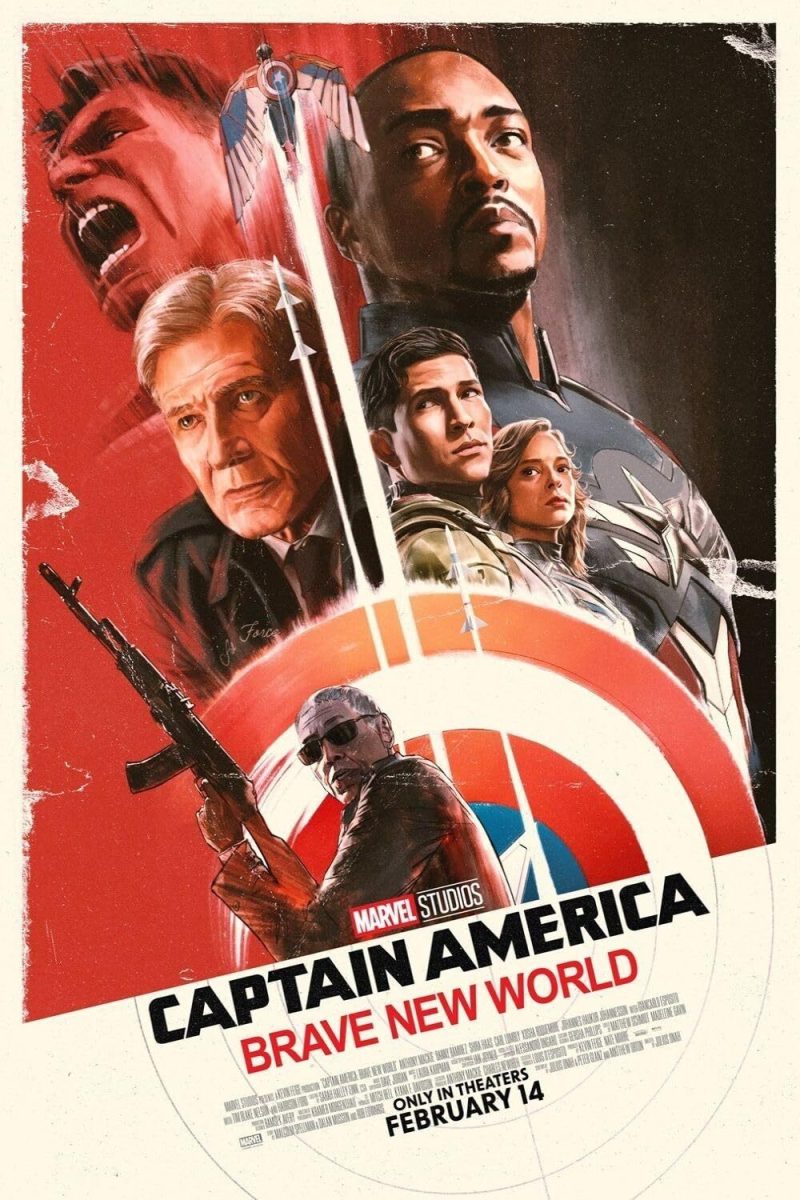Donna Tartt’s 2013 Pulitzer Prize winning novel, “The Goldfinch,” finally made its way to the silver screen this weekend. The book received overwhelmingly positive acclaim upon its release for its endearing cast of characters and unique story about a catastrophic event that changes the life of protagonist Theo Decker (played by Ansel Elgort).
Critics have slammed the film since its premiere at the Toronto International Film Festival three weeks ago. According to Box Office Mojo, the film was a commercial bust, as it debuted with an opening weekend of less than $2.6 million on an estimated $40 million-dollar budget. Getting past the harsh reaction from the box office and critics—Is “The Goldfinch” really that bad or is it a diamond in the rough?
The story follows a young boy named Theo Decker after his mother is killed in a bombing at the Metropolitan Museum of Art. He survives the bombing, takes a ring given to him by a dying man and steals his mother’s favorite painting, “The Goldfinch,” from the rubble. He is put into the care of his friend’s family until his absent father returns (played by Luke Wilson) to cash in on his son’s potential inheritance, which brings him to Las Vegas. The film follows Theo’s 20-year journey and jumps back and forth from his childhood to his adult life, which is pretty evenly split between the first and second half of the film.
The film begins in Amsterdam, with an older Theo reminiscing on what brought him abroad. From the first shot of the film, I was in awe of Roger Deakins’ gorgeous cinematography. With a runtime of 149 minutes, if the movie did not look as great as it does, it would be much harder to stay invested. Deakins is a master cinematographer, as he shot films such as “Blade Runner 2049,” “Skyfall” and “No Country for Old Men”.
Along with the cinematography, the performances were all pretty solid. Finn Wolfhard as the character Boris, Theo’s neighbor in Vegas and his best friend, stood out the most. Wolfhard had a strange performance, and while I would hesitate to call it good, his backstory and relationship with Theo is tragically heartwarming. The accent is not great, but the character of Boris in the novel is supposed to be from several different countries, so it makes sense that the accent is all over the place. Boris’s adult portion of the story is not nearly as compelling, but it is nice to see the two reunite in the third act. Also, the soundtrack for the film is excellent with songs from New Order, Animal Collective and Radiohead.
One of the standout scenes for me, personally, was the introduction of James Hobart, whose story ties in with the dead man’s ring from the museum. Hobart’s antique shop always felt warm and comforting, and the father-son type of relationship between Theo and Hobart adds an emotional layer to the film.
Another of my favorite scenes is when Boris and Theo’s friendship really begins to develop when they are kids. In one scene, they go for a swim soundtracked by the Radiohead song “Codex.” It is a beautifully shot, surreal scene and one of the images is on the poster for the film.
Though the film has a run time of about two and a half hours, my big nitpick was the editing and pacing. The film begins the same way the book does, with Theo’s monologue in Amsterdam, but then it assumes the viewer has some knowledge of the source material, then skips straight to Theo in custody of his friend Andy’s family. The movie is built upon flashbacks, which do not add anything since the book follows such a linear narrative. Flashbacks just serve to confuse the average viewer, and the film does not show the bombing itself. Instead, it shows snippets of it in scenes that do not structurally make sense. This was extremely annoying, and it made the film worse.
All in all, I think “The Goldfinch” was a good film, and I did not regret seeing it. However, critics online have slammed the film for being pretentious “Oscar-bait.” My favorite film critic at the moment, David Ehrlich from Indiewire, called the film “a gauzy, bloated slab of Oscar bait,” which I do not agree with in the slightest. The biggest issue it seems to have is that while the movie itself is long, one can only fit so much of a 784 page novel in one movie.
The film looked to be an Oscar contender upon its release, and it still might have a chance for a Best Cinematography nomination, but after this weekend, I think the general public will have moved on.
I was trying to think of a film to compare this to, and I kept coming back to “IT Chapter Two.” There are no clowns in “The Goldfinch,” but it is a lengthy film based on a long novel that did not quite live up to the novel’s acclaim. Not only were they released within a week of each other, they are also both guilty of having plots that deal with jumping back and forth between a traumatic event during childhood, and how it affects the rest of your life. Plus, Wolfhard is in both of them. All in all, I did really enjoy “The Goldfinch.” It is not the easiest movie to recommend because of its length and occasionally jarring story structure, but if you enjoyed the book or are looking for an interesting and well-acted drama with a great cast, “The Goldfinch” might be for you. Just be sure to check it out soon, because it probably will not be in theaters long.














